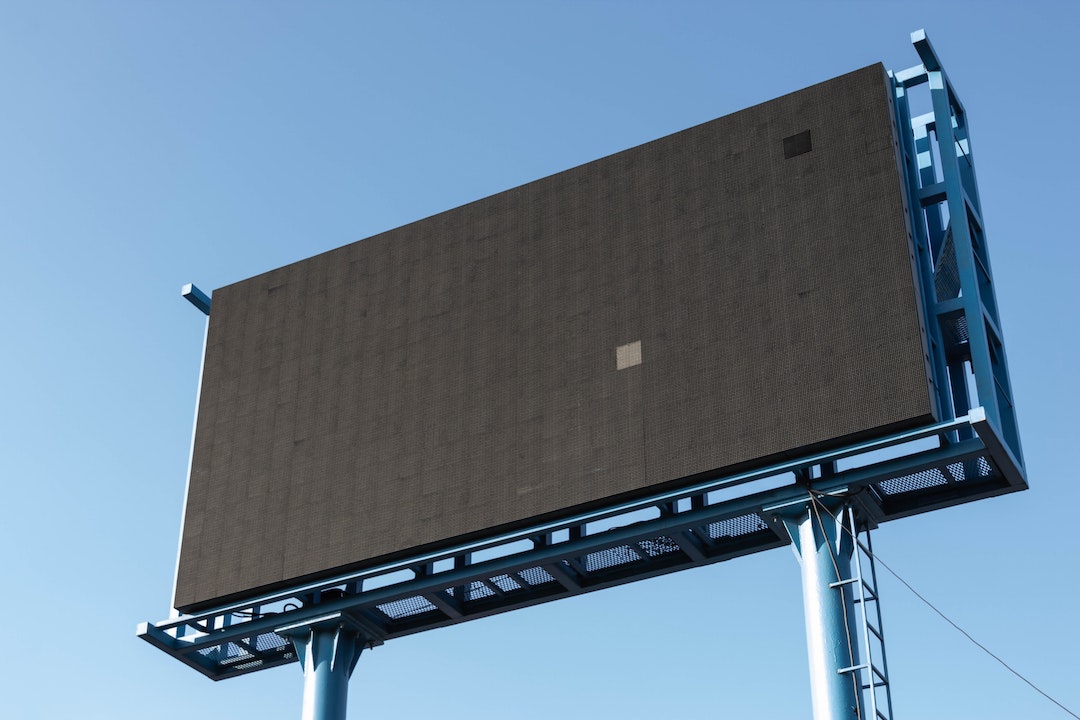Paid ads have become an essential element of many businesses. This option took over traditional and ineffective cold calls, TV ads, and other ways of traditional marketing long ago. And while there still are businesses that employ the mentioned ways of advertising, paid ads will soon become prevalent. And it shouldn’t surprise you, as paid ads are effective and affordable. But does it mean budgeting a paid ad campaign is easy?
The budgeting process requires brainstorming and analyzing various aspects. Whether you are a brand owner or an employee, you should consider numerous things that define how much resources you’ll need to fund to observe the desired outcomes. Luckily, you don’t have to worry about the visual aspect of your ad; using poster maker software is free and will boost your visuals, no matter the campaign.
However, there are still things to inspect if you want to create a sufficient budget and secure a successful paid ad campaign. We’ve put together a brief guide to help you with this demanding task.

Table of Contents
Social media budget: Definition
First off, let’s define what a social media budget is, as many think it’s just the process of estimating the costs of ad campaigns. The social media budget is way more than that. It is a full-fledged, comprehensive document that describes the amount of money you want to spend, the period you want the campaign to last, the tools you plan to use, and the human resources you aspire to assign.
A social media budget comes in various forms, from a simple spreadsheet to an extensive piece with detailed descriptions, marketing scenarios, and information on ROI and ROAS.
Budgeting standards
Everyone wants to know how much money should be allocated to a paid ad campaign. And were the answer obvious, the budgeting process would be elementary and quick. However, it’s impossible to say the exact numbers you should funnel to the campaign because it highly depends on your business model.
If you work as a B2B, your marketing budget shouldn’t exceed 5% of revenue. In turn, B2C can afford higher expenses on marketing, so its budget would allow for using up to 10% of revenue.

Budgeting social media campaigns: Things to consider
There are quite a few things to take into account to effectively budget a paid ad plan. Below are the most important things you want to focus on in the first place.
1. Content
Just like food, content is essential for people. Social media users run their apps to learn new information, interact with others, talk about various things, and many more. Whatever they are involved in revolves around the content. But content doesn’t only mean readable and thought-provoking texts. Content is an umbrella term that entails different components, such as videos, images, design, graphics, actors, etc. And suffice it to say, the more elements you adopt, the higher your budget costs will be.
2. Professional tools
Every paid ad plan requires the use of professional tools. These are crucial in that they enable you to analyze the market, boost the quality of your campaign, and track the ad’s success. Some premium tools are irreplaceable, while others can be replaced by free devices, speaking of which.
3. Free tools
It goes without saying that free tools aren’t as effective as paid ones, but it doesn’t mean they aren’t valuable in budgeting the campaign. In fact, they can be instrumental, so don’t shy away from using them, especially when you are short on budget.
4. Influencer marketing
Cooperating with influencers may increase your budget significantly. But choosing the right person, you will also reach a larger audience and convert them into customers, thus increasing your profits. Before deciding on an influencer, ensure to design a list of potential partners and analyze their area of operation and relevance to your niche.
Sketch out your goals
Besides the mentioned elements, it’s vital to determine what you want to achieve with your paid ad plan. Do you want to multiply clients, expand your social media presence, or direct traffic to your web page? Depending on your aims, the final budget will vary. Nonetheless, whatever your target is, it must meet the SMART formula, i.e., it must be specific, measurable, attainable, realistic, and timely.
Retrieve your books and analyze them
If you have launched marketing campaigns before, retrieving the books and analyzing them will help you design a better advertising plan. Look at how much you spent on various elements and try to remember whether they proved effective. Being critical is key here, as it will allow you to weed out unnecessary and costly components.

Come up with a budget proposal
Whether you work for anyone or yourself, developing a budget proposal will help you visualize the numbers and make sure the campaign doesn’t lack anything.
While the piece may be more or less detailed, ensure the information on core, additional, and one-time expenses is included in the paper. These are fundamentals, so it’d be best if they matched your preliminary calculations.
The Bottom Line
Budgeting a campaign is not nearly easy. Remember to approach this undertaking from various angles to make sure you don’t push the boat out. Apart from what has been said, analyzing your competitors will be an excellent way to approximate their budget and core expenses, allowing you to develop a fertile paid ad campaign in the long run.

